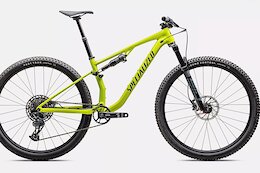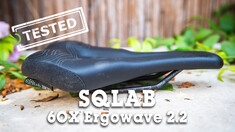Migrating your system from Neo environment to Cloud Foundry environment to continue using electronic document processing for Italy after 2025 can be a complex process, especially when dealing with custom domains and Cloud Integration tenant applications. One critical prerequisite that often poses challenges is ensuring that both test and production tenants are on the same system landscape.
Here you find what you need to know to prepare for what you can do to make this process smoother.
Understanding Landscapes
A landscape refers to the environment where your applications and services are hosted. It can be a normal landscape or an extension landscape. To determine if your tenant is on an extension landscape, check the URL. For instance, a URL like “https://tenantname.cfapps.eu10-003.hana.ondemand.com/itspaces” indicates an extension landscape due to the “-003” in the URL. For more information, see Extension Landscapes.
Importance of Matching System Landscapes
For a successful setup, both the custom domain and cloud integration tenant must reside on the same landscape. If they aren’t on the same landscape, the setup fails. This requires you to work on an additional step of reprovisioning the tenants. For example, a mismatch occurs if the custom domain is on the cf-eu12 landscape while the tenant is on the cf-eu12-001 landscape.
Mitigating Risks
To minimize the risk of mismatched landscapes, you should request a test and a production tenant simultaneously. This approach reduces the chance of being provisioned to different extension landscapes. Before developing any content, it’s crucial to verify that the domains of both tenants align.
By taking these precautions, you can ensure a smoother migration process and avoid unnecessary complications. Remember, a little foresight can save a lot of time and effort down the road.
Steps for Migration
You can find more information about how to migrate electronic document processing for Italy FatturaPA and B2B from Neo to Cloud Foundry environment on SAP Note 2583309.
Thanks for reading!
Got any questions or feedback? Please leave a comment below or give feedback about the product assistance directly on the SAP Help Portal by using the comments feature.
See you next time,
Ailane Kuhn
#SAPGoGlobal #SAPLocalization
Migrating your system from Neo environment to Cloud Foundry environment to continue using electronic document processing for Italy after 2025 can be a complex process, especially when dealing with custom domains and Cloud Integration tenant applications. One critical prerequisite that often poses challenges is ensuring that both test and production tenants are on the same system landscape. Here you find what you need to know to prepare for what you can do to make this process smoother. Understanding Landscapes A landscape refers to the environment where your applications and services are hosted. It can be a normal landscape or an extension landscape. To determine if your tenant is on an extension landscape, check the URL. For instance, a URL like “https://tenantname.cfapps.eu10-003.hana.ondemand.com/itspaces” indicates an extension landscape due to the “-003” in the URL. For more information, see Extension Landscapes. Importance of Matching System Landscapes For a successful setup, both the custom domain and cloud integration tenant must reside on the same landscape. If they aren’t on the same landscape, the setup fails. This requires you to work on an additional step of reprovisioning the tenants. For example, a mismatch occurs if the custom domain is on the cf-eu12 landscape while the tenant is on the cf-eu12-001 landscape. Mitigating Risks To minimize the risk of mismatched landscapes, you should request a test and a production tenant simultaneously. This approach reduces the chance of being provisioned to different extension landscapes. Before developing any content, it’s crucial to verify that the domains of both tenants align. By taking these precautions, you can ensure a smoother migration process and avoid unnecessary complications. Remember, a little foresight can save a lot of time and effort down the road. Steps for Migration You can find more information about how to migrate electronic document processing for Italy FatturaPA and B2B from Neo to Cloud Foundry environment on SAP Note 2583309. Thanks for reading! Got any questions or feedback? Please leave a comment below or give feedback about the product assistance directly on the SAP Help Portal by using the comments feature. See you next time, Ailane Kuhn#SAPGoGlobal #SAPLocalization Read More Technology Blog Posts by SAP articles
#SAP
#SAPTechnologyblog









